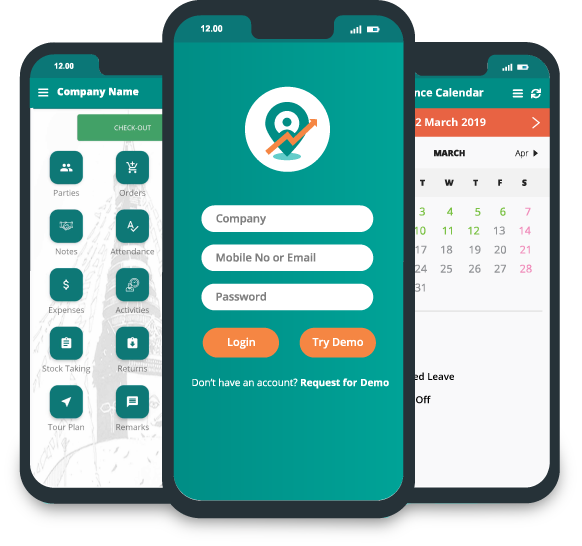Mystery Shopping
What is Mystery Shopping ?
Mystery shopping is a market research technique used by companies to evaluate customer service, employee performance, compliance with regulations, and overall customer experience. A mystery shopper—someone who is trained or instructed to act as a regular customer—visits a store, restaurant, bank, or service provider and assesses various aspects such as:
Customer service quality (friendliness, knowledge, and helpfulness of staff)
Cleanliness and ambiance of the establishment
Product availability and display
Compliance with company policies and procedures
Sales techniques and upselling efforts
Key Aspects of Mystery Shopping in Retail & Merchandising
1. Customer Service Evaluation
Friendliness and helpfulness of sales staff
Employee knowledge about products and promotions
Speed and efficiency of service
Handling of complaints and problem resolution
2. Merchandising & Store Presentation
Product placement and shelf organization
Compliance with planograms (visual merchandising guidelines)
Stock availability and replenishment
Cleanliness and overall store ambiance
3. Pricing and Promotions
Correct display of price tags
Accuracy of discounts and special offers
Communication of promotions to customers
4. Compliance with Brand Standards
Uniform and grooming standards of staff
Adherence to sales scripts or customer engagement guidelines
Mystery shopping checks for compliance with company policies
5. Competitor Benchmarking
Comparing service levels with competitors
Evaluating differences in pricing and promotions
Understanding how other retailers handle customer interactions
Benefits of Mystery Shopping in Retail & Merchandising
✔ Improves customer satisfaction by identifying service gaps
✔ Enhances sales performance through better training and engagement
✔ Ensures compliance with retail and merchandising standards
✔ Boosts brand reputation by maintaining consistency
✔ Helps decision-making with data-driven insights
How It Works
Recruitment: Companies hire mystery shoppers directly or through third-party agencies.
Assignment: Mystery shoppers receive specific instructions on what to observe and evaluate.
Visit & Observation: The shopper interacts with employees, makes a purchase, or asks questions based on the assignment.
Reporting: After the visit, the shopper submits a report detailing their experience.
Analysis & Improvement: Businesses use this feedback to improve customer service, staff training, and operations.






